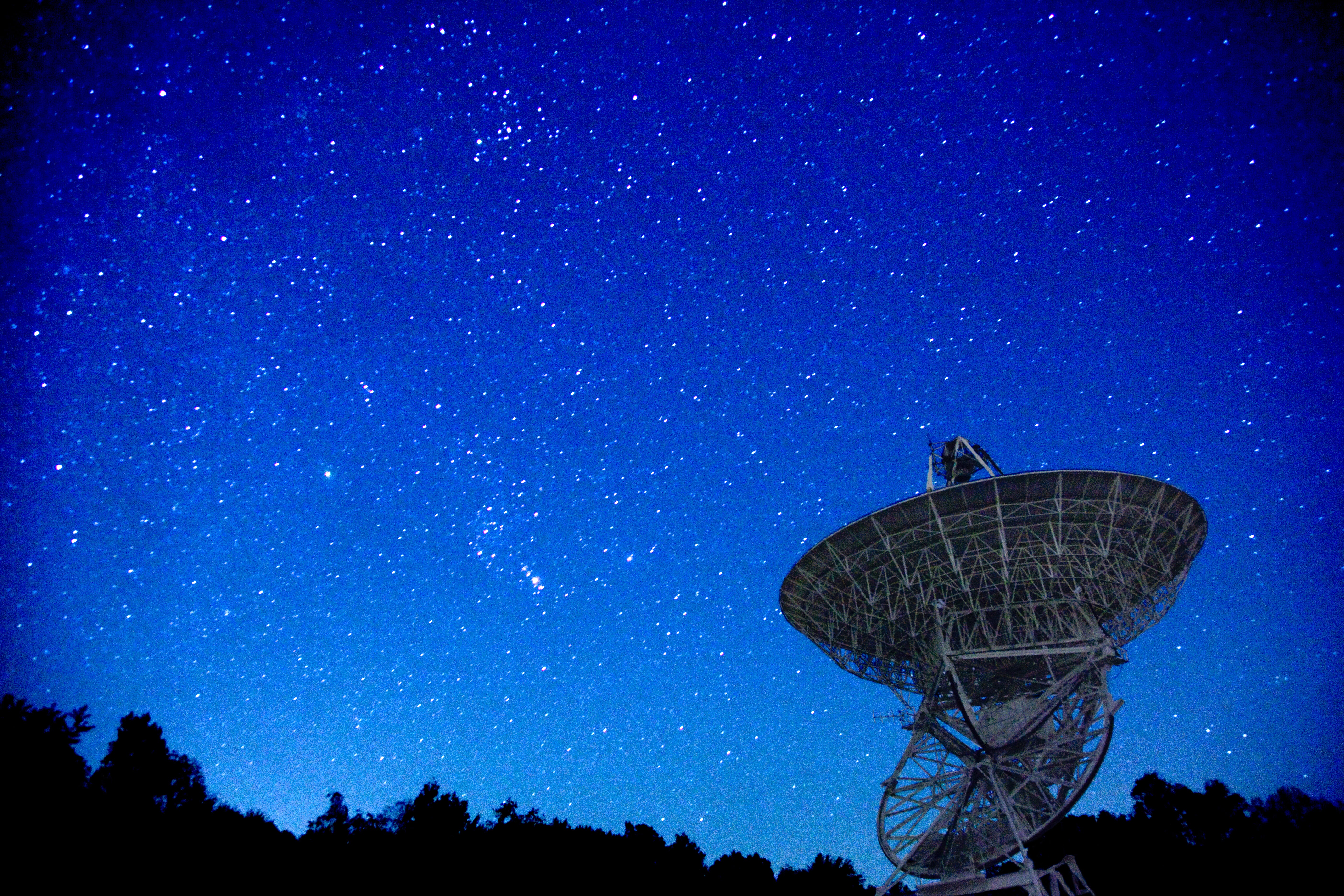The Independent's journalism is supported by our readers. When you purchase through links on our site, we may earn commission.
If ET does phone home, St Andrews researchers will be ready
The discovery of intelligence aliens will require a multidisciplinary and society-wide response, researchers say

The US Department of Defense and Nasa are investigating UFOs while the James Webb Space Telescope and other scientific tools peer deeper into the universe than ever before: If aliens are out there, we could find them, or they us, at any moment.
That’s why researchers at the University of St Andrews have joined forces with the UK Search for Extraterrestrial Intelligence (Seti) network to found the Seti Post-Detection Hub, which will pool experts to consider humanity’s response should we discover intelligent life forms beyond our planet.
“Will we ever get a message from ET? We don’t know,” St Andrews computer science research fellow and Seti Post-Detection Hub coordinator John Elliott said in a statement. “But we do know that we cannot afford to be ill prepared – scientifically, socially, and politically rudderless – for an event that could turn into reality as early as tomorrow and which we cannot afford to mismanage.”
It’s not that no one has thought about what to do if aliens announce themselves. The Seti community developed alien contact protocols in 1989, but they haven’t been updated since 2010, and are narrowly focused on what scientists should do rather than society-wide actions and impacts.
“We need to coordinate our expert knowledge not only for assessing the evidence but also for considering the human social response, as our understanding progresses and what we know and what we don’t know is communicated,” Dr Elliott said. “And the time to do this is now.”
Research into UFOs, or UAPs (Unidentified Aerial Phenomena), in the preferred US government nomenclature, has picked up in recent years after decades of official quiet.
In May, US intelligence officials briefed lawmakers in DC on UFOs for the first time since the 1970s, when the US Air Force closed its Project Blue Book investigation into UFOs by concluding there was no evidence to suggest they were extraterrestrial in origin. At the May hearing, officials told lawmakers that UFO sightings by US military members were “frequent and ongoing,” and that 143 such sightings since 2004 remained unexplained.
A report to Congress on UFOs from the Director of National Intelligence was due on Halloween but has been delayed. Leaks to the New York Times, however, suggest the report found most instances of UFO sightings were weather balloons, other airborne trash, or foreign countries’ intelligence operations.
A nine-month Nasa investigation into UFOs launched on 25 October, meanwhile, and will issue a public report sometime in the summer of 2023.
Join our commenting forum
Join thought-provoking conversations, follow other Independent readers and see their replies
Comments
Bookmark popover
Removed from bookmarks